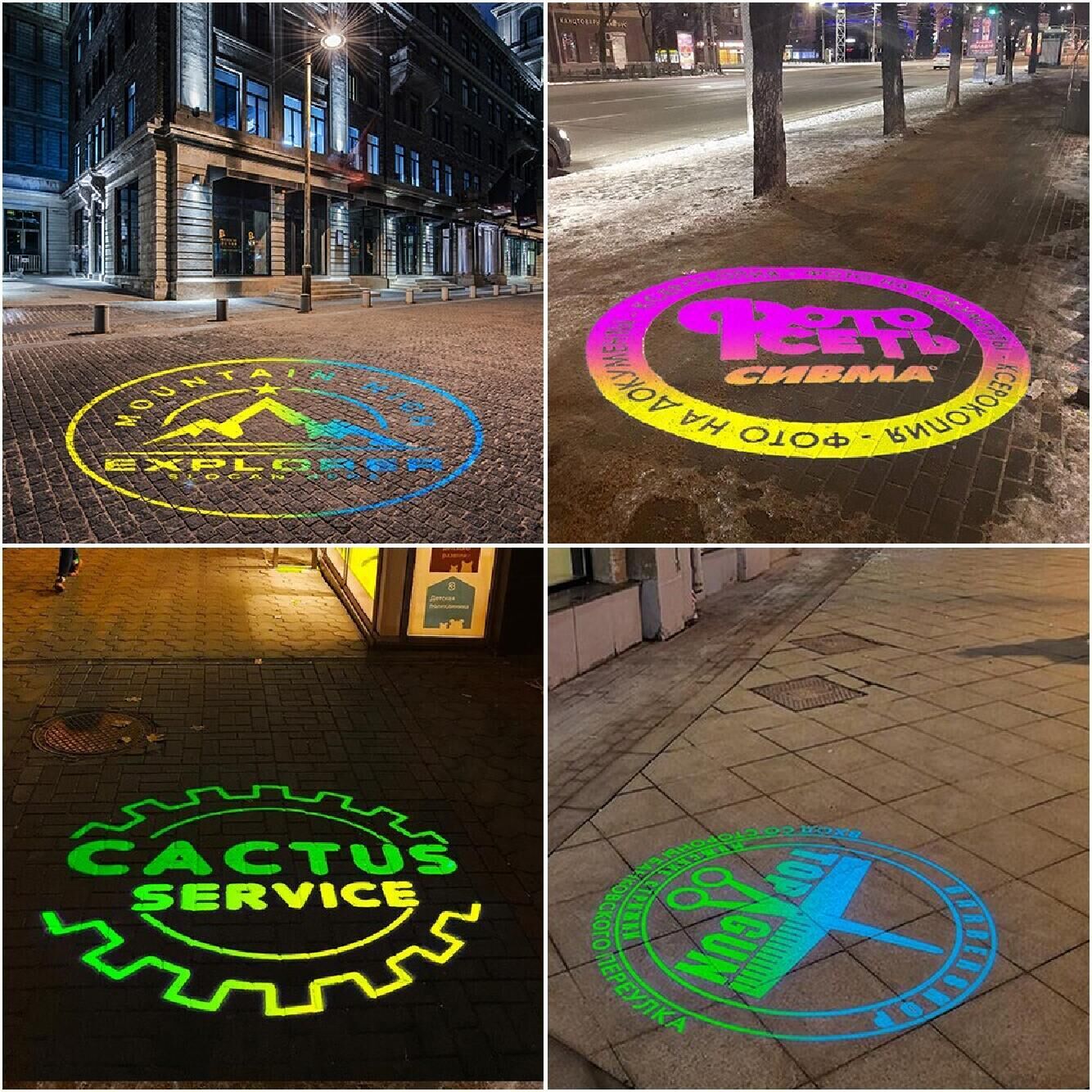Projecting a powerful image, quite literally, onto the canvas of the physical world is the next frontier in digital advertising. The sign projector, a versatile and dynamic tool, bridges the gap between digital content and physical space, offering an innovative approach that traditional flat-screen digital signage simply cannot match in every scenario. By leveraging the flexibility and high-impact visual appeal of projection technology, businesses can elevate their brand visibility, enhance customer engagement, and create memorable experiences that cut through the relentless noise of modern media. Incorporating these devices into your existing digital advertising framework is not just about replacing screens; it’s about unlocking new creative possibilities and maximizing the return on your visual communication investment.
The Strategic Advantages of Projection Advertising
The integration of a sign projector offers numerous strategic benefits that make it a compelling component of a comprehensive digital advertising plan. Chief among these is unparalleled flexibility. Unlike fixed displays with rigid sizes and mounting requirements, a projector can turn virtually any surface—a rough brick wall, a floor, a textured facade, or a curved ceiling—into a dynamic billboard. This allows for massive, immersive visual experiences that would be prohibitively expensive or logistically impossible with traditional screens. Furthermore, the content can be instantly changed using a centralized content management system (CMS), making it easy to adapt messages for seasonal campaigns, time-of-day promotions, or real-time events across multiple locations. This adaptability ensures your message is always fresh and relevant, minimizing the issue of “display blindness” where consumers ignore static or repetitive digital signs. The cost-per-inch for a large-scale projected image is often significantly lower than for an equivalent size LED or LCD screen, making it a highly cost-effective solution for creating expansive, high-impact visuals.
Creative Applications for Maximum Impact
A sign projector is limited only by the imagination of the marketer. One of the most effective uses is projection mapping, where complex, dynamic visuals are mapped precisely onto irregular objects or architectural features. Imagine projecting virtual clothing onto a mannequin to showcase a new line instantly, or transforming an entire storefront building with a stunning, animated brand story. In the retail environment, projectors can be used for floor advertising, projecting directional arrows, promotional messages, or even interactive games that guide foot traffic and engage customers from the moment they enter. For restaurants and bars, projections can create immersive dining environments, dynamically update menu offerings, or project themed visuals that enhance a special event. Outdoors, a high-lumen sign projector can be used for guerrilla marketing, projecting logos or slogans onto city landmarks, creating unexpected and high-visibility brand moments that generate significant social media buzz. For trade shows and events, a gobo projector—a type of sign projector that uses templates to project static or rotating logos—can highlight sponsor branding on walls or floors, adding a professional and polished feel. The ability to use the same projector for numerous, rapidly changing campaigns allows for continuous experimentation and optimization of the advertising creative.
Technical Considerations for Seamless Integration
Successfully integrating a sign projector requires careful consideration of the hardware and software ecosystem. On the hardware front, the choice of projector is critical and depends heavily on the intended application and ambient light levels. Outdoor or bright indoor environments demand high-lumen laser projectors to ensure the image remains bright and clear, even during the day. For smaller, more controlled indoor spaces, lower-lumen LED projectors may suffice, prioritizing color accuracy and energy efficiency. Laser-based models are often preferred for digital signage due to their long lifespan and minimal maintenance requirements, providing consistent brightness without the need for frequent lamp replacements. The concept of throw ratio—the relationship between the distance of the projector to the screen and the resulting image size—is crucial for installation, particularly in tight spaces, often necessitating short-throw or ultra-short-throw lenses. The real backbone of a successful projection advertising strategy is the content management system (CMS). A robust CMS allows for scheduling different content based on time of day, location, or even external triggers like weather, ensuring the projection remains an active, relevant part of the digital strategy. Features like centralized management for multi-location businesses, remote content updates, and performance monitoring are essential for scaling the projector network.
Measuring and Optimizing Projected Campaigns
Like any other form of digital advertising, the effectiveness of campaigns delivered via a sign projector must be measured and optimized. While direct metrics like click-through rates are not applicable, a variety of indirect and technology-assisted metrics can be used. Foot traffic counting and dwell time analysis, often achieved through computer vision software integrated with external sensors or even the projector’s own technology, can measure how many people saw the projection and for how long. QR codes embedded within the projected graphic can be instantly scanned, providing a direct link to a landing page, a menu, or a social media campaign, offering quantifiable conversion data. Social media engagement, tracking mentions or hashtags related to the physical projection, is a powerful indicator of buzz and reach. By analyzing these data points, marketers can determine which locations, times, and types of projected content generate the highest engagement and influence customer behavior. This data-driven approach allows for continuous refinement of the projection strategy, ensuring the physical-digital advertising hybrid is always performing at its peak. The sign projector is not just a device; it is a strategic tool that, when properly integrated and managed within a digital framework, offers an unmatched opportunity for brands to create truly captivating, dynamic, and measurable advertising experiences in the physical world.
